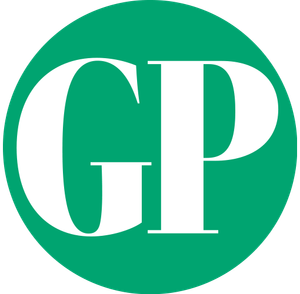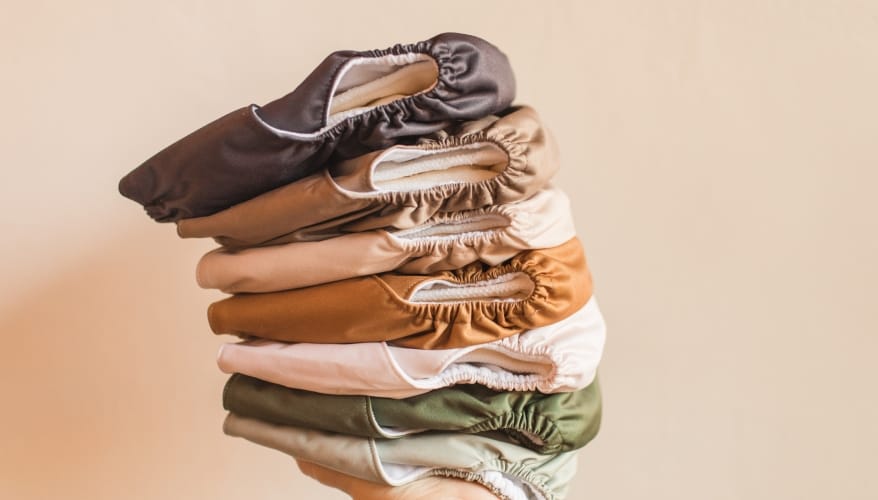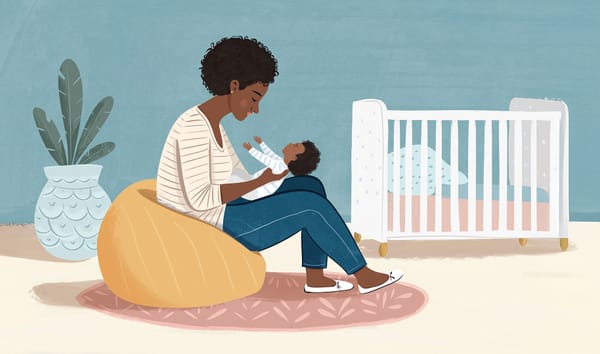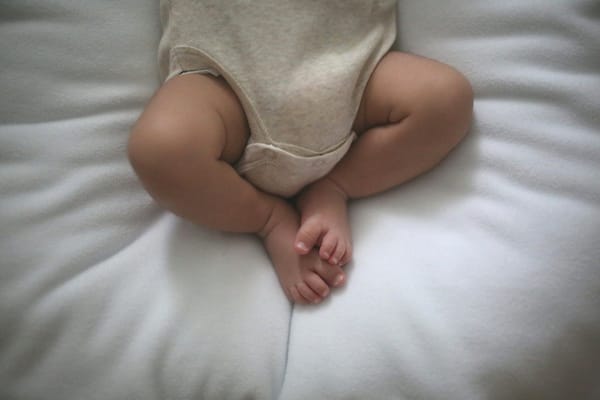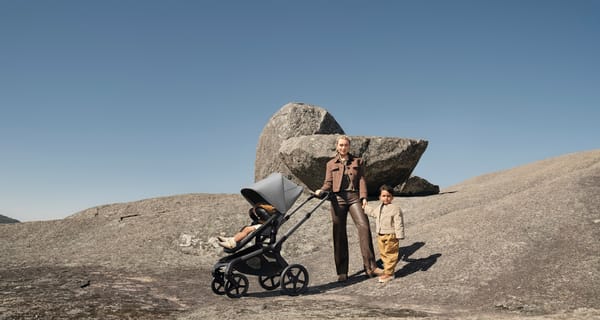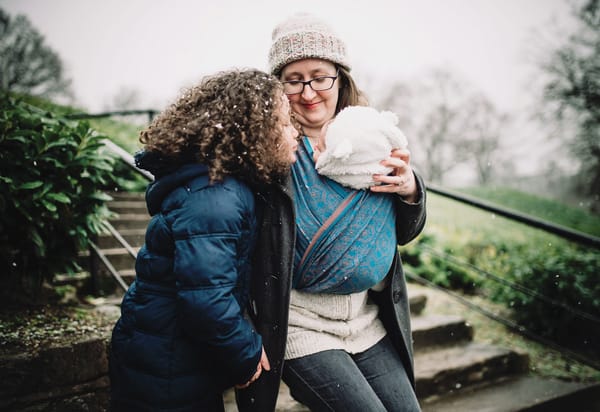Rebecca Card-Hyatt writes about how to embrace real nappies without drama or a big financial outlay and offers five easy, affordable ways to get started on the washable journey.
If there was one piece of advice I could give every new parent, it would be this: Don’t let the perfect be the enemy of the good. Don’t throw out all your good intentions because you can’t follow them perfectly. And, believe me, there is nowhere this is truer than with real nappies.
When I was pregnant with my first child, I made the mistake of asking someone about real nappies. It was an innocent question: I was curious what they looked like these days since my only experience had been fifteen years earlier when my younger siblings were babies. Oh my, did I regret the question. What felt like several hours later, I’d heard so many new words I was left wondering whether I was still listening to my mother-tongue: pockets, prefolds, poop spoons. Sometimes the conversation turned unsettlingly adult: stashes, poppers, stripping.
There were more acronyms than I could shake a stick at: AIO? PUL? BTP? How was one supposed to understand any of this? Like many of the modern trappings of parenthood, an age-old human problem (what to do with your child’s bodily waste) has become, among other things, a battleground, a complicated world of online forums, and an increasingly large industry.
A few Google searches quickly reveal that this world of real nappies elicits the same fierce loyalties and harsh critiques as baby-led weaning, babywearing, and breastfeeding. It seems that people are either all in or all out and ne’er the twain shall meet. But, this isn’t the only way. Every family is a bit different, and even within those families, the circumstances of each child’s infancy are unique. You don’t have to have everything all figured out to make a few concrete steps towards a less-wasteful life. You don’t have to become an expert to save a pile of disposables from the tip.
The initial cost of washable nappies
Once I’d navigated the language and culture shock of the real nappy world, I hit a larger hurdle. The first nappy someone recommended to me cost over £20. I was shocked; this was just for one? My husband was a post-graduate student with tuition bills, and we were living on my single income. All our nursery furniture was carefully purchased off Gumtree. We most assuredly couldn’t afford an outlay of £200-300 or more for nappies.
Plus, there was the long list of accessories – bags and buckets and such – that everyone told me I needed for the complete real nappy experience. This price tag made me angry, most of all. The environment is too important to be left only to those who can afford to care. Being green shouldn’t be the province of the wealthy, or, for that matter, merely an indulgence for the parent-with-time. A green lifestyle is for everyone, I believe. It must be open to young families. It must be something that the working parent can care about too.
Going back to basics with washable nappies
So, we went old fashioned. That is, we went cheap. I learned that the nappies my mother had used were called “prefolds”. We bought a stack of ten used prefolds from a Jack & Jill sale at our local pregnancy and parenting support charity for £0.50 a piece, and we found ten large square terry clothes on sale at Tesco for £2.50. I bought a few accessories: some Motherease plastic nappy covers in a few sizes (also from a used sale) and Snappi grippers to use instead of pins.
When I mentioned to friends that we were going to use real nappies, we got a few hand-me-downs: around ten “shaped” or “fitted” nappies for 0-6 month babies. The only things we bought new were little square cloth wipes called Cheeky Wipes. All in all, I think we spent thirty pounds. The system wasn’t perfect. My eldest was in cloth maybe 70% of the time. My partner and I were both out of the house part- to full- time and our childminder wasn’t keen on using cloth. But, we were consistent four days out of seven and overnight. We saved a lot of nappies from the tip.
Washable nappies get easier and more cost effective the longer you use them
When our twins came along two years later, we just kept using what we had. Strangely, it was easier than with our first. We’d internalized a “something is better than nothing” mindset which allowed us the freedom to do what we could manage and creep towards less and less waste. We did cloth during the day, but used disposables at night since we didn’t have quite enough nappies to go around, or time to do that much laundry at the beginning.
When the girls were around six months, someone gave us a gift card, and we purchased ten brand new “shaped” diapers and a few new covers, giving us the boost we needed to go full-time. But even new, we looked for a few sales and paid less than £100. It isn’t fancy. It isn’t a high-tech system. But it works for us. It’s low-key and undramatic. It’s not a “stash” that’d I’d want to photograph and proudly post online. It’s a pile of white cloth. But, when I think about the number of disposable nappies we threw away in one week while on holiday, I’m proud of our efforts. We’re doing something to mitigate our negative effect on the environment. And something is better than nothing.
Using real nappies isn’t easy, believe me. But, even with three kids under four and as working parents, it’s manageable. We scrape poo into the toilet several times a day. It isn’t pretty (but it’s a lot cheaper than a complicated rinsing nozzle attached to our toilet). Sometimes our children have rashes, and it takes some experimenting to figure out why (usually, I’m stuffing too many nappies in the machine at a time). We do a lot of laundry (we wash nappies every other day), and we don’t have a drier, so the dance to make sure there is always a clean, dry nappy doesn’t always work out. Sometimes we give up for a few days and use disposables. But, we always dive back in.
Like so much of adult life, once it becomes a habit, it doesn’t seem like that big of a deal. Occasionally I remind myself that everyone used to do this – without washing machines. Maybe we don’t have it too bad?
What used to be the never-ending daily work of women has become what can sometimes appear to be a niche hobby. But perhaps there’s a less dramatic way somewhere in between. Maybe if we give up on perfection, we can end up doing more than we thought was possible.
Rebecca is an English teacher, a mother of three and a mostly successful real nappy user. She has lived and taught in Los Angeles, California and Edinburgh and currently calls Lüneburg, Germany home. She believes that life is best lived slowly and simply.
WANT TO GET STARTED? HERE’S HOW
• Conquer your fear and buy a dozen cheap real nappies.
• Commit to using a few a day and seeing how it works.
• Buy used nappies, if you can. Our old fashioned “prefolds” are on their fifth and sixth babies and just starting to show some wear. Two-part nappy systems tend to last the longest, since the plastic (“PUL”) covers (which usually wear out before the cloth) are a separate piece.
• Give away your nappies when you’re finished with them.
• Remember that everyone needs advice. Wendy Richards (of thenappylady.co.uk) is a valuable resource. She can recommend nappies that fit your budget and has a series of problem solving articles and videos demonstrating different folds for terry squares and prefold nappies.

